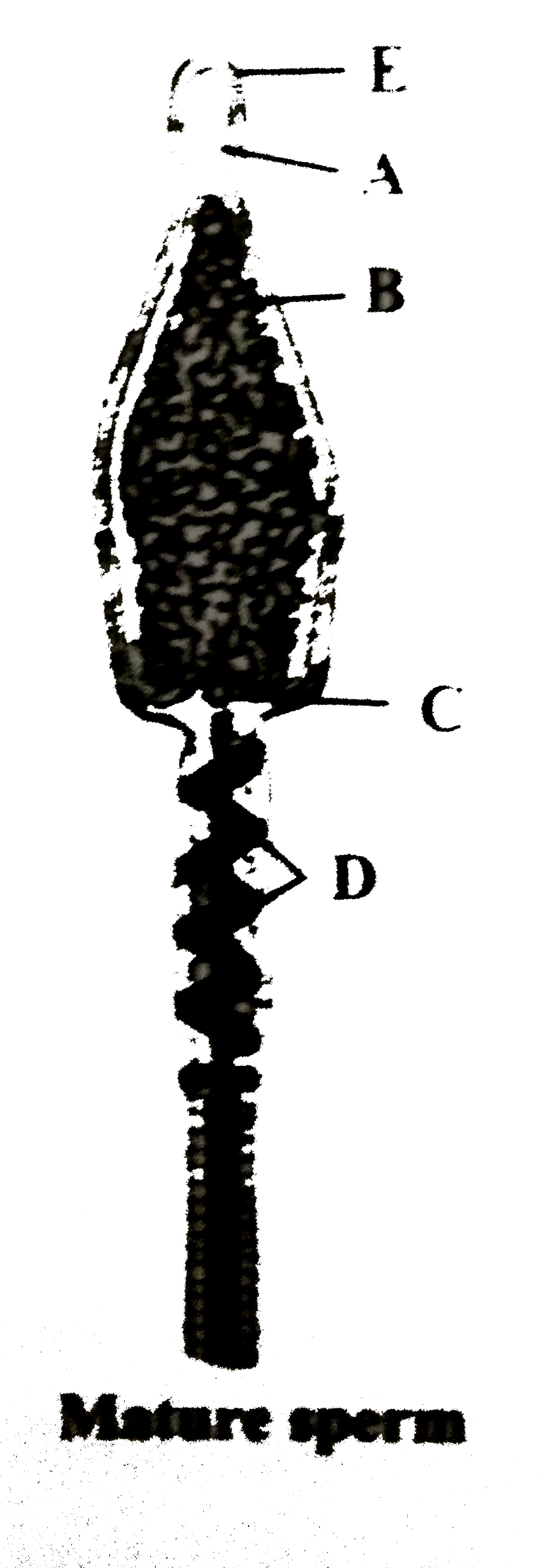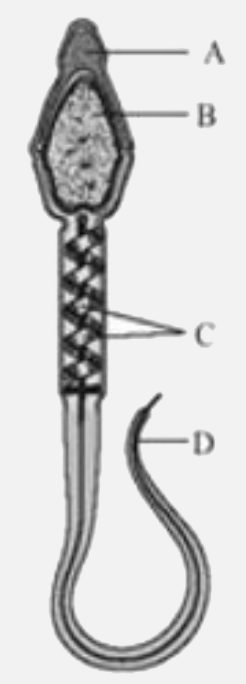Human sperm discovered by
Leeuwenhoek
Aristotle
Graaf
Pander
Step-by-Step Solution:
1. Understanding the Options: The question asks about the discovery of human sperm, and we have four options to consider: Panda, Graaf, Aristotle, and Leuwenhoek.
2. Analyzing Each Option:
- Panda: This individual is known for his work in embryology, particularly the discovery of the three germinal layers. Therefore, he did not discover human sperm.
- Graaf: He is recognized for his contributions to reproductive biology, specifically the discovery of ovarian follicles (Graafian follicles). He is not associated with the discovery of human sperm.
- Aristotle: A philosopher known as the father of zoology and biology, Aristotle made significant contributions to various fields but did not discover human sperm.
- Leuwenhoek: His full name is Antonie Philips van Leeuwenhoek, and he is a microbiologist credited with the discovery of human sperm. He referred to spermatozoa as "animiculus," which translates to "small animal" in Latin.
3. Conclusion: Based on the analysis, the correct answer to the question "Human sperm discovered by" is Leuwenhoek.
Final Answer: The human sperm was discovered by Antonie Philips van Leeuwenhoek.
---
- Panda: This individual is known for his work in embryology, particularly the discovery of the three germinal layers. Therefore, he did not discover human sperm.
- Graaf: He is recognized for his contributions to reproductive biology, specifically the discovery of ovarian follicles (Graafian follicles). He is not associated with the discovery of human sperm.
- Aristotle: A philosopher known as the father of zoology and biology, Aristotle made significant contributions to various fields but did not discover human sperm.
- Leuwenhoek: His full name is Antonie Philips van Leeuwenhoek, and he is a microbiologist credited with the discovery of human sperm. He referred to spermatozoa as "animiculus," which translates to "small animal" in Latin.
Topper's Solved these Questions
- HUMAN REPRODUCTION BOOK - CENGAGE BIOLOGY ENGLISHCHAPTER - HUMAN REPRODUCTION EXERCISE - Assertion -Reasoning Question
16 Videos
- HUMAN HEALTH AND DISEASEBOOK - CENGAGE BIOLOGY ENGLISHCHAPTER - HUMAN HEALTH AND DISEASEEXERCISE - ARCHIVES
46 Videos
- MICROBES IN HUMAN WELFAREBOOK - CENGAGE BIOLOGY ENGLISHCHAPTER - MICROBES IN HUMAN WELFAREEXERCISE - ARCHIVES
26 Videos
Similar Questions
Knowledge Check
Which one of the following statements about human sperm is correct?
AAcrosome has a conical pointed structure used for piercing and penetrating the egg, resulting in fertilisationBThe sperm lysins in the acrosome dissolve the egg envelope facilitating fertilisationCAcrosome serves as a sensory structure leading the sperm towards the ovumDAcrosome serves no particular functionIdentify the parts labelled as A, B, C, D and E in the given diagram of a human sperm and select the correct option.
 AA-Nucleus, B-Tail, C-Mitochondria,
AA-Nucleus, B-Tail, C-Mitochondria,
D-Acrosome, E-CentrioleBA-Acrosome, B-Nucleus,
C-Centriole, D-Mitochondria,
E-Plasma membraneCA-Nucleus, B-Mitochondria,
C-Plasma membrane,
D-Centriole, E-NeckDA-Acrosome, B-Centriole,
C-Mitochondria, B-Centriole,
C-Mitochondria, D-Plasma membrane, E-Tail
Which one of the following statement about human sperm is correct ?
View SolutionThe human sperm was first discovered by :-
View SolutionAt what speed a human sperm moves in the female genital tract?
View SolutionIn born error of metabolism discovered in humans by Sir Archibald Garrod is
View SolutionStructure of human sperm is given . Identify the part which possess enzymes that help in fertilization.

View SolutionC. Fuhlrott (1856) made an important discovery in evolution and he discovered the first human fossil of
View Solution
